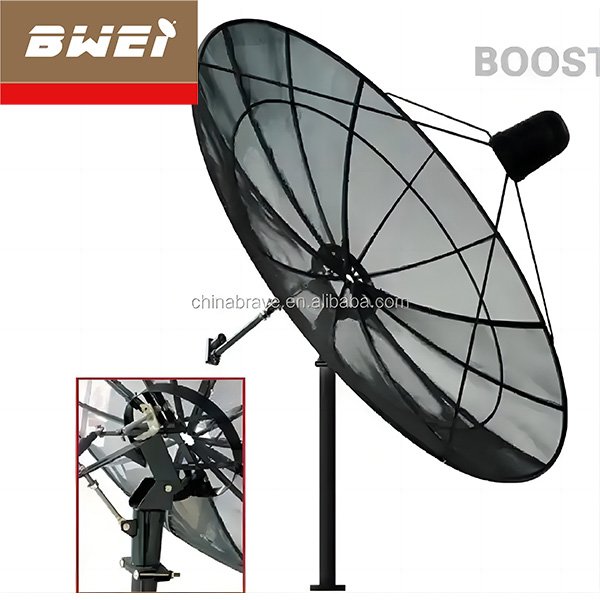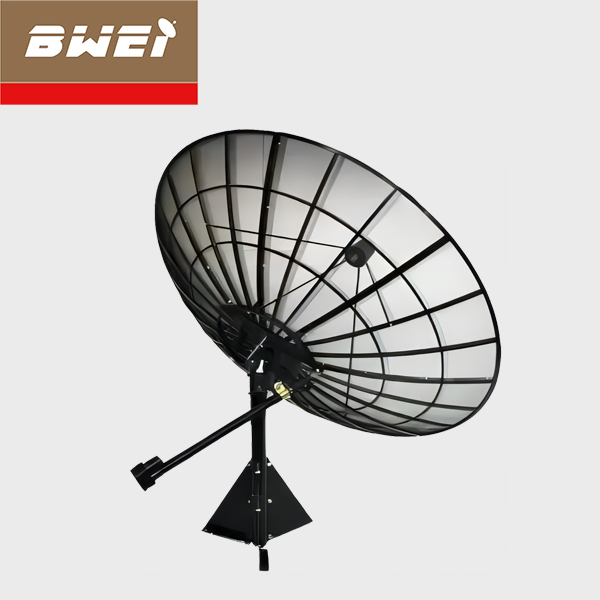Understanding the Function and Importance of Low Noise Amplifiers (LNAs) Introduction to Low Noise Amplifiers (LNAs) Low Noise Amplifiers (LNAs) play a crucial role in the realm of electronic circuits, serving as essential components in various high-performance systems. An LNA is an amplifier specifically designed to amplify extremely weak signals while introducing minimal additional noise. …
Understanding the Difference Between LNB and LNA
Introduction to LNB and LNA The realms of satellite communication and signal processing are significantly enhanced by devices such as the Low Noise Block (LNB) and the Low Noise Amplifier (LNA). Both LNB and LNA play crucial roles in the reception and amplification of signals, albeit with distinct functionalities and applications within communication systems. The …
Understanding the Difference Between LNB and LNA Read More »
Understanding the Low Noise Blocker (LNB) in Satellite Communication
Introduction to Low Noise Blockers (LNB) A Low Noise Blocker (LNB) is a critical component in satellite communication systems. It is responsible for receiving the satellite signals transmitted from space and converting them to a lower, more manageable frequency that can be processed by the satellite receiver. This conversion is essential because the original high-frequency …
Understanding the Low Noise Blocker (LNB) in Satellite Communication Read More »
Understanding the Frequency of an LNB Downconverter
Introduction to LNB Downconverters Low Noise Block (LNB) downconverters play a crucial role in satellite communication systems. These devices are designed to receive satellite signals transmitted from space, amplify them, and convert them to a lower frequency band for easier transmission to indoor receivers. The primary function of an LNB is to ensure that the …
Understanding the Frequency of an LNB Downconverter Read More »
Understanding the Placement of Low Noise Block Downconverter Feed (LNB) in Satellite Systems Introduction to Low Noise Block Downconverter Feed (LNB) A Low Noise Block Downconverter Feed (LNB) is an essential component in satellite communication systems. It plays a critical role in receiving satellite signals and converting them to a lower frequency for further processing. …
Understanding Local Oscillator Leakage: Causes, Effects, and Mitigation Strategies Introduction to Local Oscillator Leakage Local oscillator (LO) leakage is a critical concept in the realm of communication systems and RF design. To comprehend this phenomenon, it is essential to first understand the role of an oscillator. An oscillator is a key component in signal processing, …
Understanding the 10dB Coupler: Functionality, Applications, and Benefits
Introduction to 10dB Couplers A 10dB coupler is a specialized device used extensively in RF (radio frequency) and microwave systems to manage signal distribution. Essentially, a coupler is designed to split or combine signals, enabling efficient signal processing and communication within these systems. The fundamental principle behind couplers lies in their ability to transfer a …
Understanding the 10dB Coupler: Functionality, Applications, and Benefits Read More »
Understanding C-Band Mesh Satellite Receiver Antennas: A Comprehensive Guide
Introduction to C-Band Mesh Satellite Receiver Antennas C-band mesh satellite receiver antennas play a pivotal role in the realm of satellite communication. These antennas, designed specifically to operate in the C-band frequency range (4 to 8 GHz), are crucial for receiving satellite signals. The C-band is notably recognized for its resilience to rain fade and …
Understanding C-Band Mesh Satellite Receiver Antennas: A Comprehensive Guide Read More »
Understanding the Basics of RF Systems
Introduction to RF Systems Radio Frequency (RF) systems are integral to many aspects of modern technology, playing a critical role in various applications. At its core, RF refers to the electromagnetic wave frequencies that lie in the range of approximately 3 kHz to 300 GHz. These frequencies are used for wireless communication, broadcasting, and numerous …
What Does a Local Oscillator Do?
Introduction to Local Oscillators Local oscillators are a crucial component in a myriad of electronic systems, playing an indispensable role in the generation of periodic waveforms. At their core, oscillators are devices that produce a continuous, oscillating signal, typically in the form of a sine wave or a square wave. These signals are characterized by …



